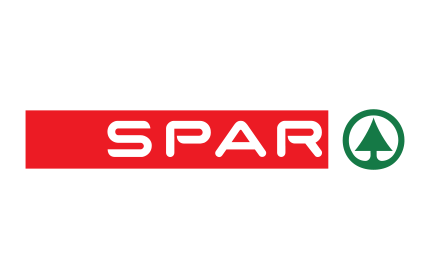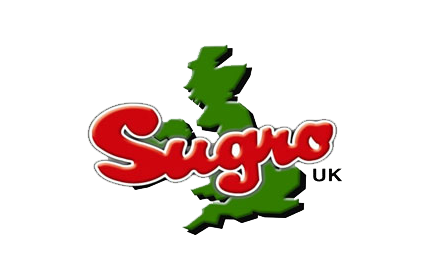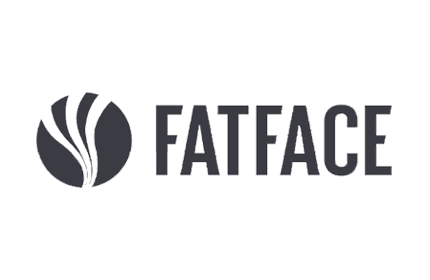Can a shift in product design end the plastic waste crisis?
We live in an age of waste, and design is the answer to leaving our throwaway culture behind.
Design can lead the transition to a sustainable future and create a more resourceful world for generations.
Never have we wanted, owned, and wasted so much stuff. Our consumptive path through modern life leaves a wake of destruction, with two-thirds of the resources we take from the Earth being discarded. Over the past century, we have mined, logged, trawled, drilled, scorched, levelled, and poisoned the Earth to total ecological collapse.
But imagine if everything we threw away had a new life. Products were designed to last and made to be made again.
The circular economy takes the beginnings and ends of product life cycles and bends them around to form a closed loop. Within this loop, materials remain used for longer before being reprocessed into new products.
Hope for the best
Every week millions of people roll their recycling bins to the curb. We fill them with juice bottles, take-out containers and milk cartons because many of the products that come into our homes are made of plastic or packaged.
But 91% of the plastic we put in the bin will never be recycled. It will end up in a landfill or the ocean, and it will outlast each of us by hundreds of years.
When recycling was first introduced in the 1980s, it sounded simple enough. We didn’t need to worry about the plastic we made and used because it would all be recycled. We were sold on a seemingly easy solution.
The chasing arrows insignia appeared in 1988: the triangle made of arrows with a number in the middle stamped on the bottom of bottles. The problem is those numbers in the middle don’t mean that the bottle can be recycled – it is just a way to identify what type of plastic it is made of. That symbol and single-stream recycling led to the aspirational recycling we know today.
Recycling has not been the magical answer to the waste problem. But new technologies and new materials might change that. Scientists are developing new plastics, designers are reimagining products for recyclability, and innovators seek to redefine our relationship with plastic.
Having performed its primary functions, packaging inevitably becomes waste. The highest impact of packaging’s ecological footprint comes from its production and the used materials. Giving these materials a circular life becomes more important as these resources are limited.
Our data services help companies of all shapes and sizes identify areas where they are creating waste so solutions for waste reduction can be developed. This is a hot topic, as many consumers demand cleaner, more environmentally friendly products.
The most essential moment
The rise in commodity prices is giving renewed urgency to the concept of a circular economy – and the need for businesses to take recycling requirements into account in their product manufacture.
While recycling is undoubtedly a necessary component, we need to ensure that products and materials are designed, from the outset, to be reused, repaired, and remanufactured. The consequences of decisions made at the design stage determine around 80% of environmental impacts.
Design for recycling should help increase the efficiency and effectiveness of the UK recycling system while helping to reduce confusion amongst the public over what can be recycled.
Sustainably financed recycling and incentivising brands to design their recycling packaging better will drive progress towards a circular economy. Once common obstacles like little to no collection, lack of processing capacity, limited market for recyclate, and recyclate far from manufacturing are now regularly overcome.
Businesses need to determine what must be true for a package to be technically recyclable and if there is data available to support a claim. Companies struggle to manage specification data for packaging. For many, this information is held by suppliers or sits in legacy systems, making it difficult to access and view material use in aggregate. Access to this data is essential for a sustainable packaging strategy to be successful and for financial responsibility to be apportioned fairly.
Our proven tools for visibility into extended supply chains are now providing an opportunity to improve collaboration and the efficiency of the working relationship between customers and suppliers, which benefits both businesses and the environment.
Our comprehensive platform – Ecoview – provides users with complete transparency and accessibility to their packaging data and offers brands and retailers a detailed breakdown of their packaging supply chain. Furthermore, evidence and documentation are checked and stored all in one place. No more disaggregated, decentralised, and non-standardised data. Ecoveritas ensures you have the data in hand to contribute to a fair and effective solution.
Incentives for eco-design
The current UK producer responsibility system for packaging, implemented more than 25 years ago, does not incentivise using recycled or recyclable material in packaging.
The planned revamp of 1997 producer responsibility legislation to Extended Producer Responsibility for Packaging (EPR), slated for roll out in 2024 amid much fanfare, introduces the legal and commercial incentives for companies to do more. Fundamental to its success is packaging data collection.
Data is the baseline – from it, changes can be prioritised and actioned, mitigating the impact of these potential increased costs and reporting requirements.
EPR schemes for packaging rely on a system of fees assigned to packaging based on material type (e.g. plastic, paper, metal) and weight. Proceeds from these fees are used to provide ongoing, dedicated financing to improve recycling rates. Without accurate data, the entire system risks becoming a house of cards, tumbling down.
We need to move towards a new lifecycle approach for packaging, which would reduce the overall amount used, shift to the use of recycled and low-carbon materials wherever possible, and design all packaging for reuse, recycling or composting. Crucially, there need to be systems in place to make this happen. We must ensure faster urgency of action across the industry and beyond if we are to see the progress we need. The industry must collaborate with governments to help ensure systems are transparent and accountable.
An upstream approach
There is no perfect single way to achieving a circular economy: You must look at the design, collection, separation efficiencies and recycling efficiencies in tandem.
The industry has made some progress regarding making packaging more easily recyclable, with developments across materials from flexibles to paper. And perhaps most pleasingly, a growing impact is being made at the design phase as businesses look to adopt an upstream approach.
The industry continues to move rapidly due to new legislation and the healthy tax incentive to make plastics recyclable. With design and production evolving and sorting technology becoming increasingly advanced, space is becoming a more attractive investment environment.
It is impressive to see how some companies have made their businesses’ environmental and social outcomes a core part of their strategies and a driver of innovation. Redesigning everything we know requires collaboration between designers, chemists, scientists, waste companies and manufacturers. Albeit ambitious, the fact that some aim to reduce their impact on the environment, actively seeking to have a positive impact and to make money in the process, gives us all optimism.























